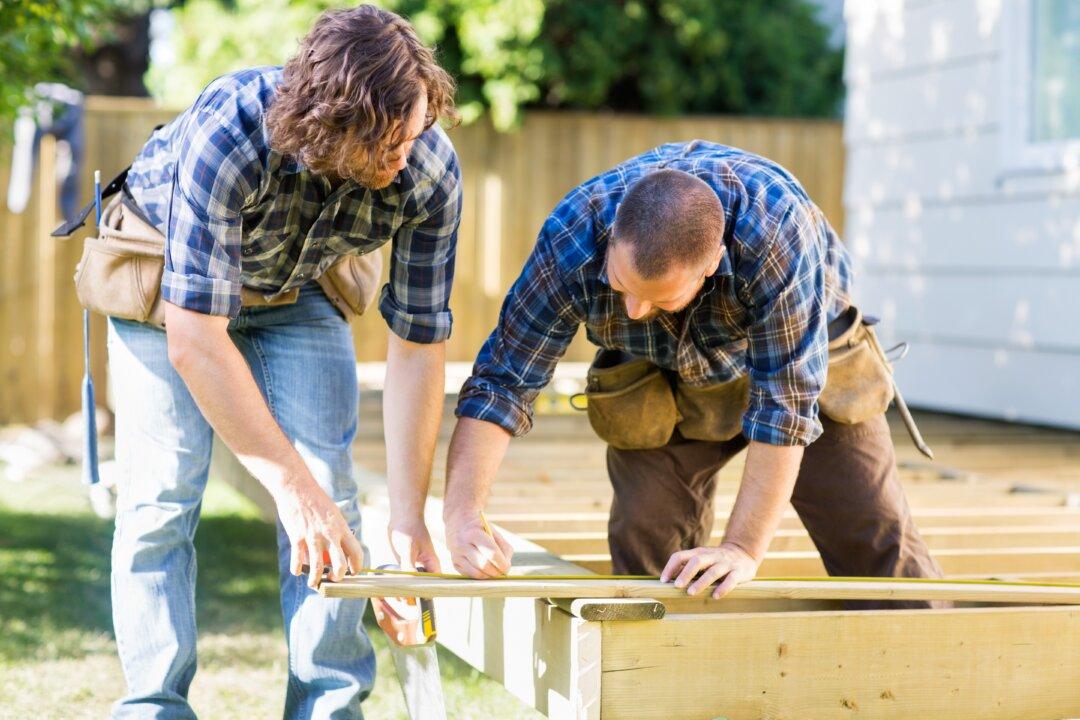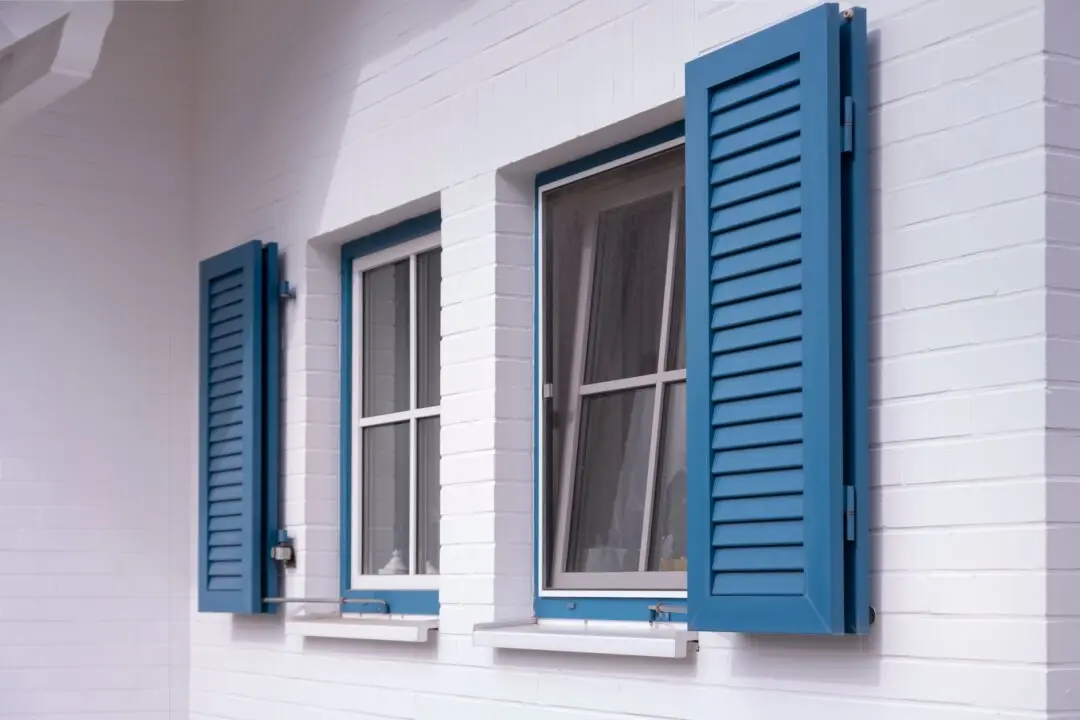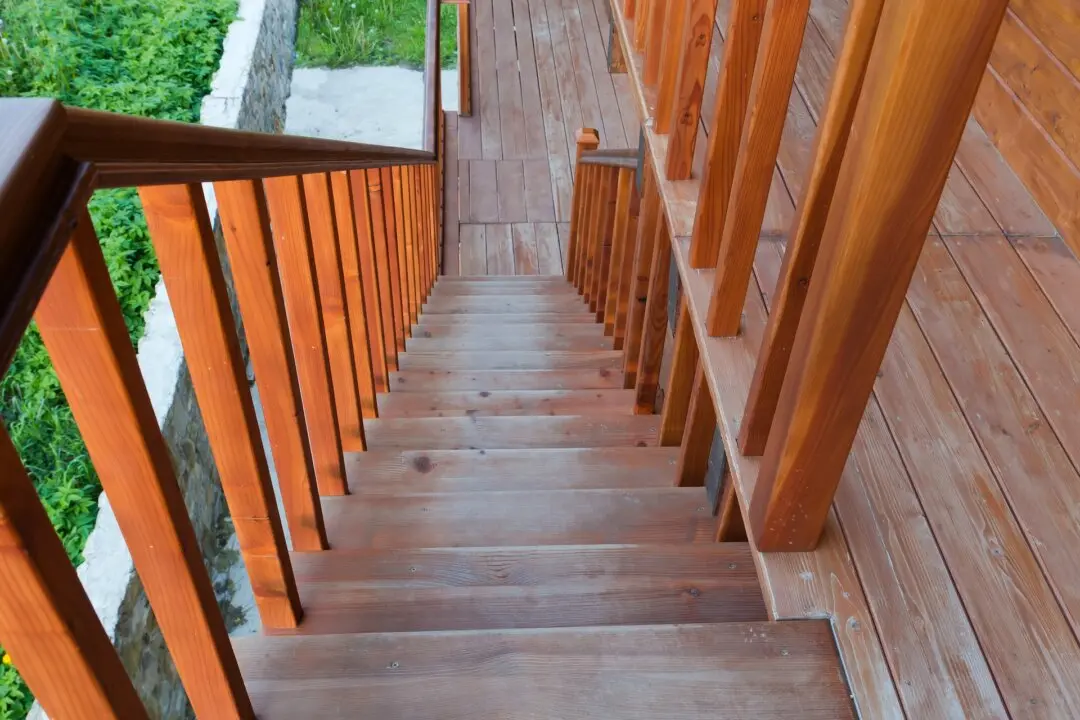Dear James: I’m building a large new L-shaped deck. I’m not sure about how to position and attach the decking boards because of the L shape. Do you have any tips? —Greg S.
Dear Greg: Fitting and attaching the decking boards is usually the easiest part of a deck-building project. An L-shaped deck makes it a bit more complicated, but still doable. Locating the posts and the joists properly is particularly important for a strong, stable deck with no sagging.





